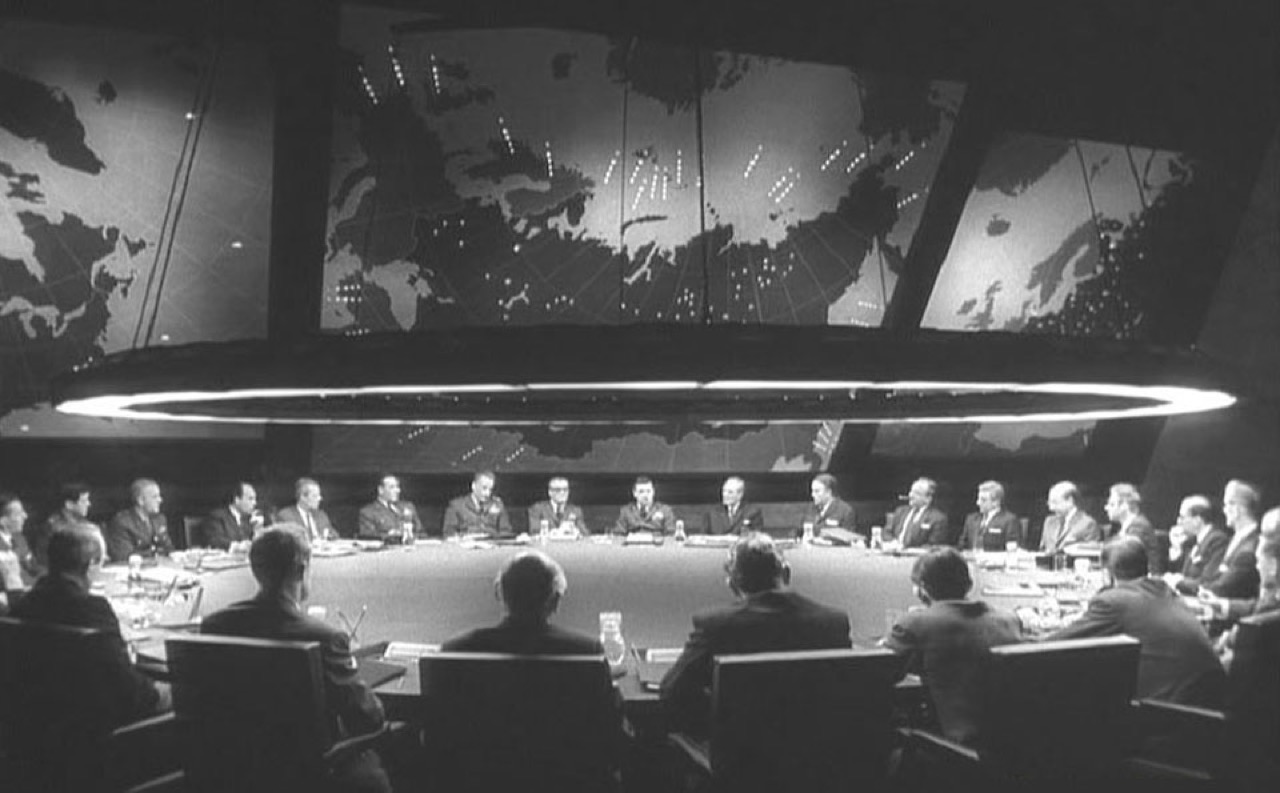A reasoned analysis of the potential for nuclear conflict on the Korean Peninsula from Keir A. Lieber and Daryl G. Press at Foreign Affairs.
Ironically, the risk of North Korean nuclear war stems not from weakness on the part of the United States and South Korea but from their strength. If war erupted, the North Korean army, short on training and armed with decrepit equipment, would prove no match for the U.S.–South Korean Combined Forces Command. Make no mistake, Seoul would suffer some damage, but a conventional war would be a rout, and CFC forces would quickly cross the border and head north.
At that point, North Korea’s inner circle would face a grave decision: how to avoid the terrible fates of such defeated leaders as Saddam Hussein and Muammar al-Qaddafi. Kim, his family, and his cronies could try to escape to China and plead for a comfortable, lifelong sanctuary there – an increasingly dim prospect given Beijing’s growing frustration with Kim’s regime. Pyongyang’s only other option would be to try to force a cease-fire by playing its only trump card: nuclear escalation.
It’s tempting to dismiss all nuclear strategy as Strangelovian madness, but that’s a dangerously naïve approach.
Just as in mathematics where you can calculate against an infinity and determine if one infinite term is greater than another, there are real strategic calculations behind developing and employing these unthinkably destructive devices. That strategy influences world events even if the unthinkable is never allowed to occur.
North Korea and Iran have struggled to build a nuclear capability with these scenarios in mind. We’ve been fortunate that (to this point) all declared and undeclared nuclear powers have been rational actors with strong central governments.
I find it unlikely that this situation will remain forever.
